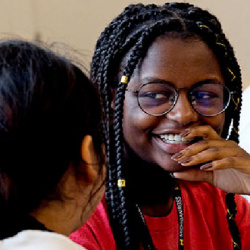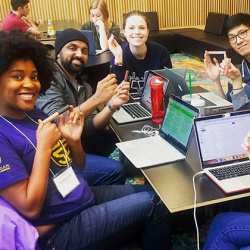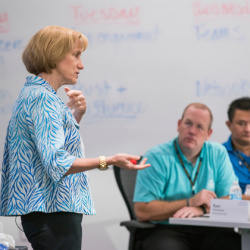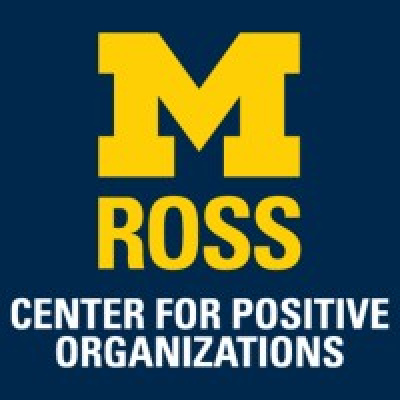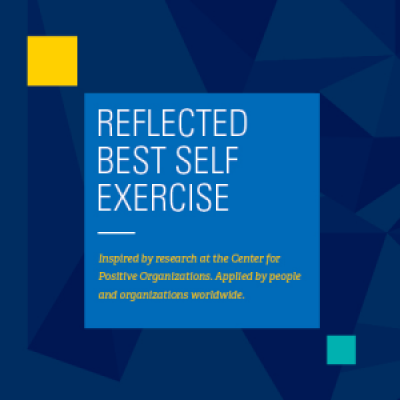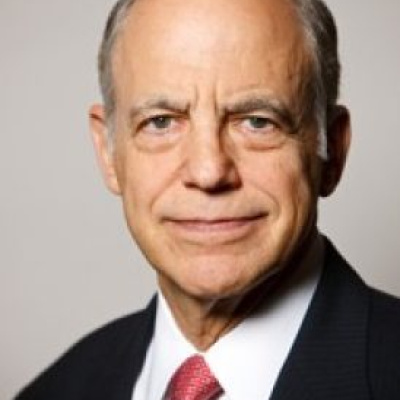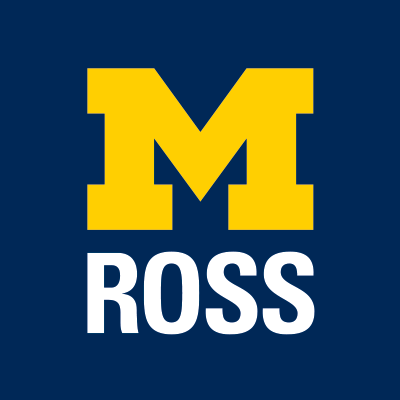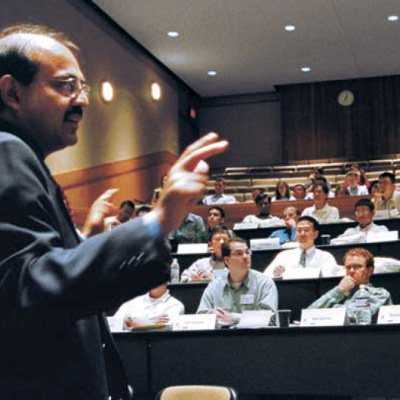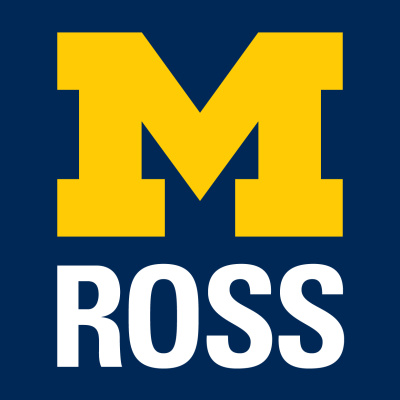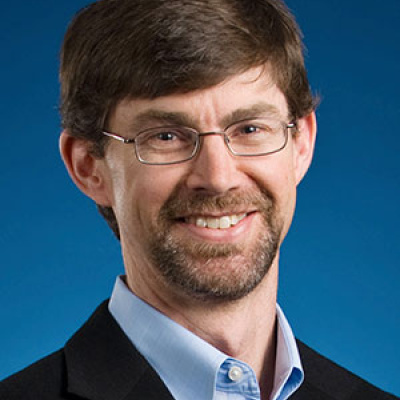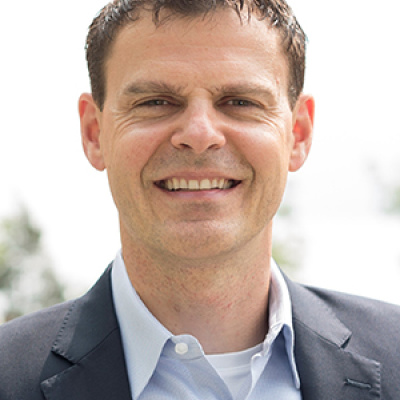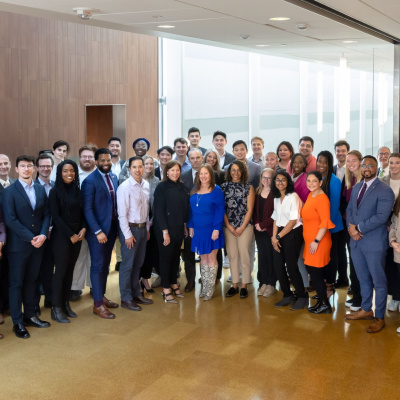Explore the faculty research, thought leadership, and groundbreaking philosophies that established Michigan Ross as one of the world’s top business schools.
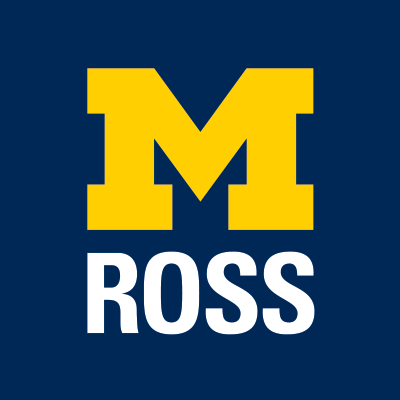
Professor Dudley Maynard Phelps, who was part of the Michigan Business School faculty from 1924-67, studied and wrote about the distinct marketing environments and challenges in markets as diverse as Latin America, Western Europe, and the former Soviet Union, including work for the U.S. State Department. He received recognition for this work from the International Marketing Institute and was president of the American Marketing Association. In the 1980s, Professor Vern Terpstra continued this work and authored the most widely used text on international marketing and other books on the cultural environment of international business, and also published highly impactful research on country-of-origin effects with his PhD student C. Min Han. Terpstra was president of the Academy of International Business in 1970 and was invited to teach at several universities.
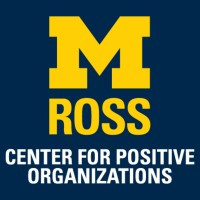
The late 1990s ushered in a revolutionary view across the social sciences centered around the power and importance of studying strengths, better understanding how people thrive, and how systems seize opportunities for creating excellence. Michigan Ross led the way in advancing this fundamental research shift in the field of management and organizations, with many scholars publishing seminal research in the field. In 2002, three faculty members, Jane Dutton, Bob Quinn, and Kim Cameron, founded the Center for Positive Organizations to encourage rigor in this growing field of research and to serve as a home for a large network of scholars interested in pursuing this line of inquiry. As the field has grown over the years, Positive Organizational Scholarship has influenced how management is taught and practiced. CPO at Michigan Ross is a leader in helping teachers and students tap into this body of evidence and learn about this research through innovative courses and developmental learning programs. Those tools include the "Reciprocity Ring", a dynamic group exercise that applies the “pay-it-forward” principle while creating high-quality connections, and the "Reflected Best Self Exercise", which helps you see who you are at your best to engage you to live and work from that powerful place daily.
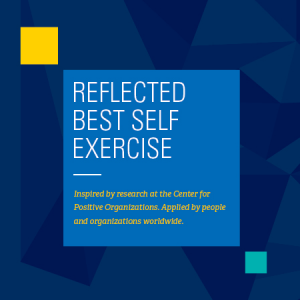
Originally developed by Professors Gretchen Spreitzer, Bob Quinn, Jane Dutton, and Laura Morgan Roberts through their research at the Center for Positive Organizations, the Reflected Best Self Exercise™ is a personal development tool that helps you to see who you are at your best, engaging you to live and work from this powerful place daily. Since its launch, the RBSE has helped thousands of executives, managers, employees, and students discover new potential. Unlike most other feedback tools, the RBSE isn't limited to self-assessment. It invites people from your life and works to share stories of moments they feel they've seen you at your best, surfacing what few of us become aware of otherwise. The RBSE enables you to gain insight into how your unique talents have positively impacted others and gives you the opportunity to further leverage your strengths at work and in life.

Professor Kenneth Lieberthal was a pioneer in the practice of business school professors contributing their knowledge in public service to society. Lieberthal served as the senior director for Asia for the U.S. National Security Council during the years 1998-2000.
During that same time, Lieberthal was also special assistant to President Clinton for National Security Affairs. His core academic research findings included a seminal analysis of China's bureaucratic system, which featured a nuanced and careful delineation of the fragmented nature of China's political system in the late 20th century.
Lieberthal's research was able to explain why China, during that era, had weak policy implementation at times because of the fragmentation in its bureaucratic system. He was known for introducing U.S. policymakers to a nuanced and careful understanding of the Chinese governmental system and how it functions.

In the early 1990s, Professor Garry Brewer became dean of the U-M School of Natural Resources and the Environment. He approached Dean Joe White of the Michigan Business School with the concept of a dual-degree program to prepare future business leaders with an integrated education in both earth and management sciences. The concept took shape first in 1993 in the form of a graduate dual-degree program (originally called the Corporate Environmental Management Program) under the leadership of Professor Stuart Hart and then the Erb Institute after a generous grant from Fred and Barbara Erb in 1996 and a series of additional donations from other visionary donors. The dual-degree program was then incorporated into the Erb Institute and bolstered by the scholarly research of three newly endowed professorships. Nearly 30 years later, the Erb Institute has expanded dramatically to become a full-fledged, endowed institute with three chaired professors, an undergraduate Erb Fellows Program, more than 200 graduate and undergraduate students, and more than 750 alumni across 17 countries. In addition, the institute has an active agenda of scholarly and applied research and works to facilitate business engagement through business roundtables and global conference partnerships. Today, the Erb Institute is generally recognized as the leading business sustainability institute for research, teaching, and business engagement.

Since the COVID-19 pandemic, the public K-12 education system has faced significantly high teacher turnover and poor retention rates. Teachers have faced increasing pressure to achieve academic success while challenged with growing class sizes, reduced funding, and learning loss from the pandemic. This problem has been incredibly difficult to correct, and public school districts across the country have not been able to address it cost effectively.
In their paper, “Stopping the Revolving Door: An Empirical and Textual Study of Crowdfunding and Teacher Turnover,” Professors Samantha Keppler, Jun Li, and Andrew Wu conducted a study of data from the largest teacher crowdfunding site, DonorsChoose, to study the effect of crowdfunded projects on teacher retention. The team found that teachers are less likely to leave their schools and the state public school system when their projects are funded. Assessing teachers’ project request essays, they identified that teachers who received funding for unique projects or requested resources to improve their classroom environment had higher retention rates.
Their paper is the first to identify the effect of crowdfunding on teacher retention. It provides initial, strong evidence that the effect is positive, showing that teachers funded on DonorsChoose are 1.6 percentage points (pp) less likely to leave their schools and 1.9 pp less likely to leave the teaching profession — a 14% and 41% reduction versus baseline turnover and attrition rates, respectively.
Due to the demonstrated impact of teacher-driven crowdfunded projects, DonorsChoose has partnered with eight states to spend COVID-19 education relief funding on teacher crowdfunding projects. To date, these partnerships have funded over $100 million of teacher projects from over 100,000 teachers, impacting over 10 million students.
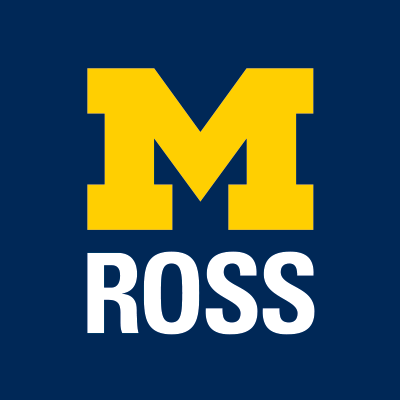
In 2004, Ross finance Professors M.P. Narayanan and Nejat Seyhun's research revealed that thousands of corporate executives were systematically backdating their executive option awards to pocket hundreds of thousands of dollars in extra compensation illegally. The authors’ research proved difficult to publish, however. Referees and editors refused publication because the authors were “accusing the captains of American industry of outright fraud." Eventually, following dozens of press appearances between 2004 and 2006, the attitudes changed. Soon afterward, the floodgates of civil and criminal lawsuits opened, following a Wall Street Journal story truly accusing the top executives of outright fraud. Finally, one editor relented in 2008 and the research was published as is. Subsequent investigations indeed found that many executives, in collusion with the board of directors as well as the company human resources executives, went so far as to make up fake meeting dates and fake meeting minutes and fraudulently altered corporate documents to perpetuate their fraud. Finally, the U.S. Securities and Exchange Commission changed the option award rules to end option-award backdating. Narayanan and Seyhun's research underlines the importance of good corporate governance policies in containing executives’ worst instincts and stopping them from preying on their own shareholders.

In 1984, former faculty member Birger Wernerfelt introduced a paradigm shift in business strategy with his paper "A Resource-Based View of the Firm." Prior to this transformative work, the discourse on business strategy was predominantly centered around external market factors and competitive forces.
Wernerfelt challenged this conventional wisdom by presenting the argument that a firm's internal resources, ranging from tangible assets like machinery to intangible assets like reputation, could be the key to creating a competitive advantage. This theory, known as the Resource-Based View, asserts that for resources to offer a firm sustained competitive advantage, they must be valuable, rare, and difficult to substitute or imitate.
The RBV has had profound implications and has changed how firms undertake strategic planning by emphasizing the importance of leveraging internal assets for competitive advantage. Wernerfelt's paper has been cited in thousands of academic publications and is now a staple in business school curricula worldwide.

Former Michigan Ross Professor Gautam Ahuja's "Collaboration Networks, Structural Holes, and Innovation: A Longitudinal Study" marked a significant turn in the way scholars view the impact of inter-organizational networks on innovation. Until this point, the common perception was more or less linear: the more connections a firm has, the better it is for innovation. However, Ahuja's research added a layer of complexity by considering indirect ties and structural holes in a firm's network. The results of Ahuja's study challenged existing theories at the time and opened up an entirely new area of research. Now, scholars must consider not only the quantity of a firm's connections but also their quality and structure and how these elements influence innovation. This nuanced understanding helped expand the study of inter-organizational networks, underlining how the firms' positions within such networks can dictate their innovation output. This paper is credited with kickstarting a whole new area of research -- inter-organizational networks and innovation -- which focuses not just on the number of connections a firm has but the whole structure of its network and how it impacts its ability to innovate.
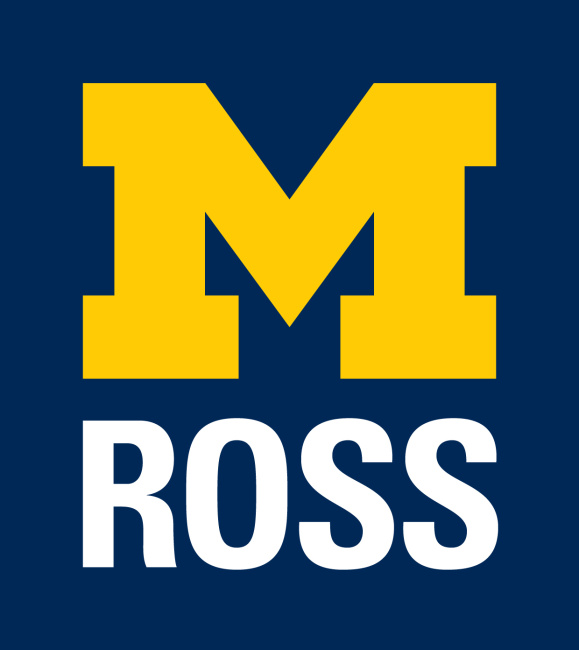
In 1991, Professor Priscilla Rodgers designed an assessment to help the Michigan Business School evaluate MBA students' written communication skills, which was used for course placement. When the GMAT added an Analytical Writing Assessment in 1994, Rodgers conducted research that showed the AWA did not accurately assess management communication and that the assessment criteria and methodology used at the business school were far more meaningful. Rodgers and her team developed five six-point scales that quantified the competencies that MBA students need to be effective writers. In 2017, the business communication area at Michigan Ross moved to an assessment of MBA students' management communication, which included speaking as well as writing, and allowed students to choose a non-credit path toward satisfying the communication requirement. Andrea Morrow, lecturer and director of writing programs, developed a framework based on Rodgers' work called the Ross Management Communication Competencies Framework. As part of the new assessment process, full-time, global, and online MBA students learn about management communication and are assessed using Morrow's framework. If their results show they are low in any of the five competency areas, they can opt to complete targeted work on Canvas, or they can opt to take a business communication class. No other business school has a program like this.

From 2000 to 2005, Professors C.K. Prahalad and M.S. Krishnan co-authored several papers on concepts related to how the emergence of digital technologies was transforming business models. From 2005 to 2008, they co-authored the book New Age of Innovation, which introduced the concept of N=1;R=G business model framework. The basic argument was that given the new capabilities emerging from digital technologies, the structure of business models was in the midst of a transformation across industries. They claimed that business models will shift from mass production of products or services to businesses co-creating personalized experiences for one customer at a time. They called this N=1 business model, i.e., businesses will operate on a sample size (N) of one. They argued that to orchestrate this personalized experience for one customer at a time, businesses will not own all resources but will connect with resource partners across the globe (Resources=Global or R=G), and these partners could be big organizations, small businesses, entrepreneurs, or even individuals. They called this business model N=1;R=G. They argued that digital technology was at the center of enabling these capabilities, and no industry will be immune to this change. They presented more than 80 examples in the book. The rest of the book was on the capabilities companies needed to build inside their organizations to compete as an N=1 business. Their primary thesis identified the significant role of software in orchestrating the personalized N=1 experience in an ecosystem of partners and the criticality of the right capabilities in the information architecture and social architecture of companies to thrive in this competition of N=1;R=G ecosystem business models.

Following the decision of Dobbs v. Jackson Women's Health Organization by the U.S. Supreme Court, abortion restrictions within the United States have proliferated, and it is reasonable to expect that access to abortion services will be even further reduced in the future. The work of Associate Professor Sarah Miller investigates the impact of abortion denial using new linkages between data from the Turnaway Study and administrative records in credit reports. The Turnaway Study was a path-breaking study from the University of California San Francisco that recruited women seeking abortions, some of whom had pregnancies that just exceeded the gestational age limit of the clinic they attended and were denied abortions, others who fell just below this limit and were able to receive the abortion they sought. Miller and her co-authors found that women denied an abortion and those who received an abortion were on similar trajectories before the denial, but those denied an abortion experienced a large spike in financial problems such as unpaid bills and public records (such as bankruptcies and liens). This spike in financial problems persisted for the full six-year follow-up period that the authors had access to. The results provide evidence counter to the narrative that abortion is exclusively harmful to women who receive one (because of, for example, the regret they may feel after receiving an abortion). Instead, it suggests that giving women control over the timing of their reproduction allows them greater financial stability and self-sufficiency.

Michigan Ross is known for being one of the first places to promote and provide rigorous evidence contrary to the efficient market hypothesis. The work of Professor Victor Bernard, a faculty member from 1982-1995, played a huge role in the beginnings of literature on market inefficiency. His work in valuation and fundamental analysis was the first to provide evidence that investors could not fully process information in earnings releases. The inefficient markets argument was further supported by the work of Professor Richard Sloan, a faculty member from 1997-2007. Bernard demonstrated that market participants treat the two basic components of accounting — cash and accruals — in an irrational way when making their valuation of corporate securities. This behavior became known as the "accrual anomaly." Bernard's work twice won the Notable Contribution to the Accounting Literature Award.

The article "Social Distancing as a Control Mechanism" by Professor James Westphal, is part of a larger stream of research that developed a more sociological perspective on corporate leadership and governance, an area of scholarship that had been largely dominated by economic perspectives into the 1990s. In a series of studies, Westphal and colleagues revealed a collection of social and psychological mechanisms by which governance policies, structures, and practices that were assumed to promote the economic interests of shareholders and other stakeholders were frequently subverted in ways that served the interests of powerful corporate elites. One such mechanism was "social distancing," a social sanction in which corporate directors who participated in governance reforms that threatened to increase board control over top management at one firm were socially isolated and even ostracized at other firms where they served on the board. They were less likely to be invited to informal meetings, and other directors were less likely to build on their comments and suggestions or solicit their opinions on strategic issues in formal board meetings. Directors who experienced social distancing, witnessed it firsthand, or were socially connected to a director who experienced it, were less likely to participate subsequently in elite-threatening actions. In that sense, the social distancing that Westphal identified parallels and anticipates the social distancing that we all learned about and practiced during the COVID-19 pandemic. But unlike social distancing during a pandemic, social distancing in corporate leadership, like the other social and psychological mechanisms that the authors uncovered, helped maintain a system that serves the interests of a powerful few rather than the many who depend on it for employment, goods and services, and wealth creation.

In 2007, Professor Maxim Sytch published a paper titled "Joint Dependence and Embeddedness: Reshaping Interorganizational Relationships and Exchange Dynamics." In this work, Sytch and his coauthor identify how joint dependence can shape relational embeddedness in inter-organizational relationships. Joint dependence stimulates relational closeness, collaborative action, and fine-grained information exchange between partners. These dynamics improve the performance of inter-organizational exchanges and reduce uncertainty within the relationship. Additionally, they reshape the exchange logic associated with interdependence, moving from an emphasis on power and leverage to a focus on relational embeddedness and mutual collaboration. This work has served as a potent counter to previous organizational and economic theories that associated interdependence with power, leverage, and mutual holdup. However, Sytch demonstrated that joint dependence can foster stronger bonds between exchange partners, leading to more effective exchanges without the looming threat of retaliation. Furthermore, the concept of joint dependence underscores that reducing relational uncertainty does not necessarily require less dependence on that partner. On the contrary, a mutual increase in dependence can foster relational closeness within the exchange, reducing opportunism, enhancing collaboration, and improving the performance of exchange relationships.

The Dare to Dream grant program is an initiative by the Zell Lurie Institute for Entrepreneurial Studies. It provides funding to U-M students interested in exploring and pursuing entrepreneurial ventures.
The student grant program offers three different tracks targeted toward early-stage students looking to develop a business concept to integrate entrepreneurship into their academic studies, students who have already developed a business concept and are seeking to validate and assess the feasibility of their idea, and students who are ready to launch their ventures.
